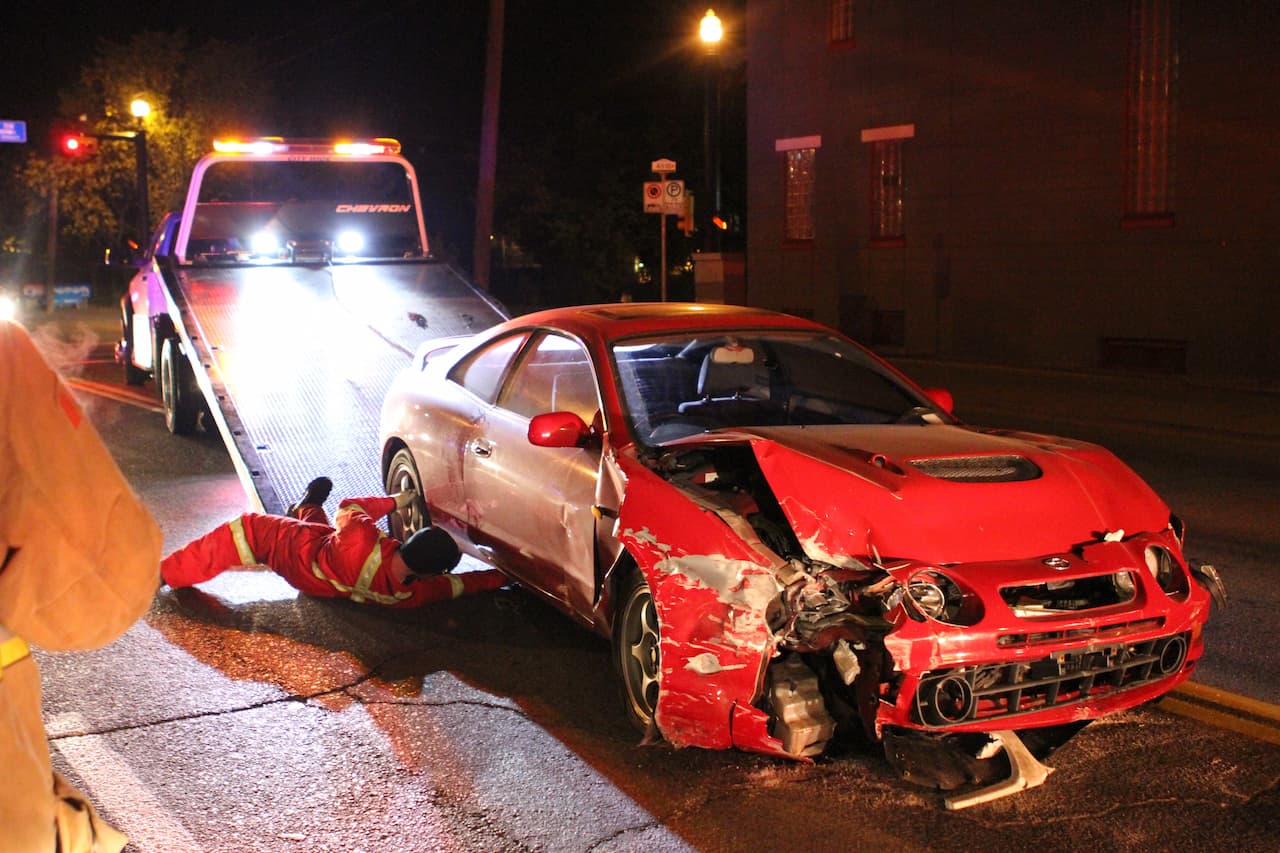Workplace Injuries
Home / Workplace Injuries
Workplace Injury Lawyers
When it comes to workplace safety, New York employers are largely on their own. The Occupational Safety and Health Administration is one of the smallest federal agencies in Washington. Similar state and local agencies are likewise understaffed and underfunded, at least for the most part. Due to this lack of oversight, many employers put worker safety on the back burner. They are also willing to play fast and loose in other areas, such as wage and hour matters.
In all these situations, the aggressive New York workplace injury lawyers at the Pianko Law Group stand up for your legal and financial rights, especially your right to a safe work environment. We firmly believe that getting injured workers back on the job as soon as possible benefits everyone involved. That includes employers and employees. So, after we build a strong, evidence-based case, we never stop fighting for you.
Kinds of Workplace Injuries
These injuries occur suddenly and without warning. Occupational diseases, on the other hand, occur slowly over time. Toxic exposure, such as asbestos exposure, is a good illustration. A single microscopic asbestos fiber could cause mesothelioma, a very aggressive and rare form of heart-lung cancer. Mesothelioma’s latency period could exceed forty years. Other occupational diseases include breathing problems, hearing loss, and repetitive stress disorders.
Worker's Compensation
1. Lost Wages
2. Medical Bills
Additionally, when riders fall off their bikes, they naturally extend their arms to break their falls. This reaction usually severs nerves in the brachial plexus nerve bundle, which is under the arms. Normally, this nerve damage is permanent.
Pianko Law Consultation
Nonsubscriber Claims
Practice Areas

Workplace Accidents

Truck Accidents

Slip & Fall Accidents

Motorcycle Accidents

Car Accidents

Products Liability

Bicycle Accidents

Pedestrian Accidents

Wrongful Deaths
Get a Free Consultation
"*" indicates required fields
Practice Areas

Schedule Your Free Consultation Today
You don’t pay unless we get you paid. That’s our guarantee! So what are you waiting for? Schedule your free personal injury consultation today.

Let Us Help
If you need legal representation for you personal injury we are here to help. Call us today or click the button below to schedule a free consultation.
Contact Form
Get A Free Case Evaluation With an Award-Winning Injury Firm
Contact Form
"*" indicates required fields
Frequently Asked Questions
Injury law, also known as personal injury law, covers cases where individuals have been physically or psychologically injured due to the negligence or intentional wrongdoing of another party. This can include car accidents, slip and fall accidents, medical malpractice, product liability, and more.
To have a valid personal injury claim, you must be able to prove that another party was negligent or intentionally harmed you, and that this negligence or intentional conduct directly resulted in your injury. Consulting with a personal injury attorney is the best way to determine if you have a viable claim.
Compensation in a personal injury case, also known as damages, may include medical expenses, lost wages, pain and suffering, and in some cases, punitive damages. The amount of compensation you may be entitled to depends on the specifics of your case and the extent of your injuries.
In New York, the statute of limitations for personal injury lawsuits is generally three years from the date of the injury. However, there are exceptions to this rule, so it's important to consult with a personal injury attorney as soon as possible to ensure that you don't miss any deadlines.